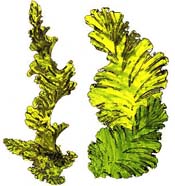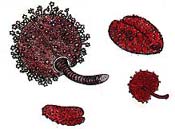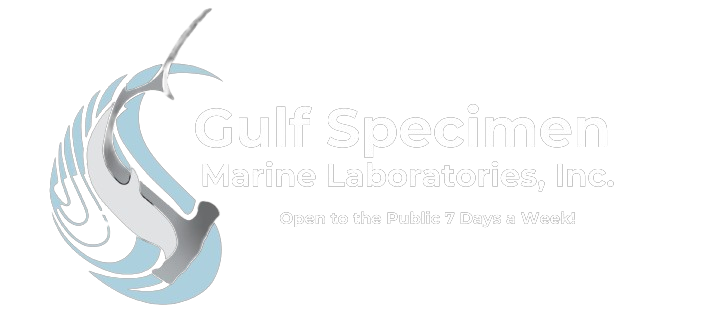 |
Sea Lettuce – Ulva lactuca A bright green sheet of fast-growing alga that can be found in intertidal pools and shallow, quiet bays near the low tide mark. It thrives in the nutrient-rich waters of estuaries or recently disturbed habitats where it is one of the first algae to start growing. Ulva is a nutritious source of proteins, minerals, and vitamins. It is 31% protein, very high in iron, iodine, aluminum, manganese and nickel. It also contains starch, sugar, vitamins A, B1, B2, and C. Also sodium, potassium, calcium, soluble nitrogen, phosphorous, sulfur, chloride, silicon, rubidium, stronium, barium, radium, cobalt, boron, and trace elements. To process; wash thoroughly in fresh water, drain and dry. Use as a seasoning to soups, stews, and seafood dishes. Class: Ulvales Family: Ulvaceae |
 |
Sea Pork – Amaroucium stellatum  Early naturalists gave it this name because its thick, gelatinous tissue resembles salted pork. A colonial animal made up of thousands of feeding zooids, glistening chunks, in a grand array of pinks, yellow and greens wash ashore at Alligator Point, Florida beaches. Like other tunicates, it belongs to the Chordates, and in its larval stages has the forerunner of a backbone. It also has gill slits characteristic of higher animals. Subphylum: Urochordata Class: Ascidiacea |




